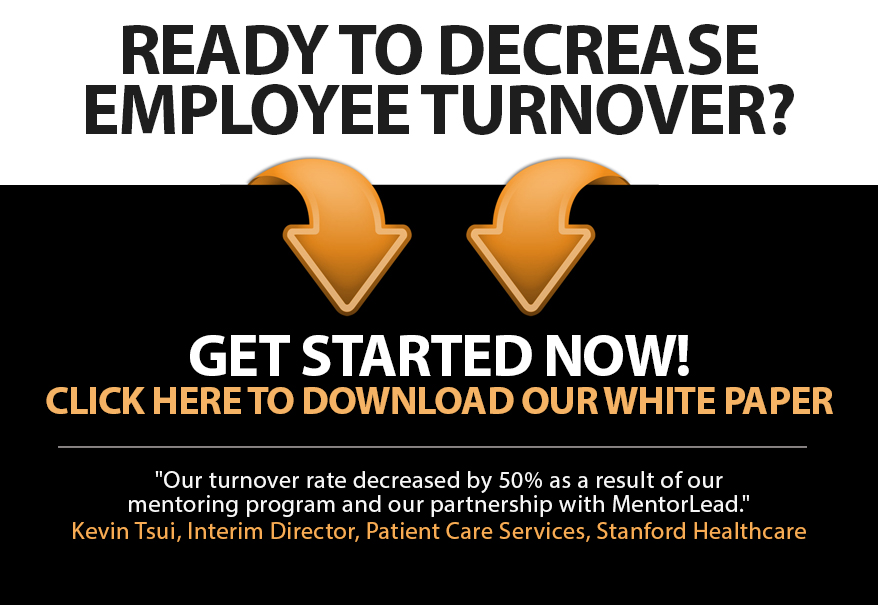
I Want to Lead Like Yankees Manager Joe Girardi
NY Yankees Manager Joe Girardi made an error.
It was the bottom of the sixth inning in Game 2 of the ALDS against the Cleveland Indians. With two runners on bases and two outs, a batter foul-tipped a pitch off the knob of his bat. The umpire called it a “hit-by-pitch” which automatically walked the batter to first base. Girardi failed to challenge the call as a “strike” (which could have ended the inning). The next batter hit a grand slam, and the Indians eventually won the game.
Girardi was quickly criticized by fans and foe alike. And prior to Game 3 at Yankee Stadium, the crowd (Yankee fans!) booed Girardi.
His response, however, demonstrated his temperament, wisdom, and fortitude.
He said, “It’s no fun to be booed. But [the fans] are passionate and they want to win, and they get upset when we don’t win or when someone makes a mistake in their eyes. But you get the good side [of their passion] too. So that’s the trade-off. The only thing I can do is give my best to this team moving forward. And that’s what I’ll do.”
Girardi could have met haters with hate. He could have deflected attention from his mistake by pointing to others’ shortcomings. He could have defensively explained how hard his job is and how much he sacrifices to be a manager.
Instead Girardi remained unruffled. He made their boo’ing about his decision, not about him personally.
How? By looking for the why beneath their reaction: their passion. He acknowledged fans for it; he didn’t make them wrong for it.
It’s easy to react with anger and defensiveness. It’s even human nature to take things personally.
But it takes a Manager who Leads to respond with maturity, grace, and courage.






